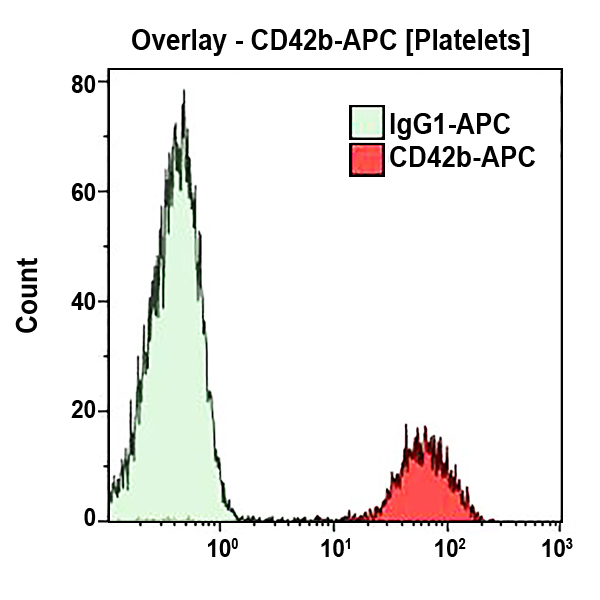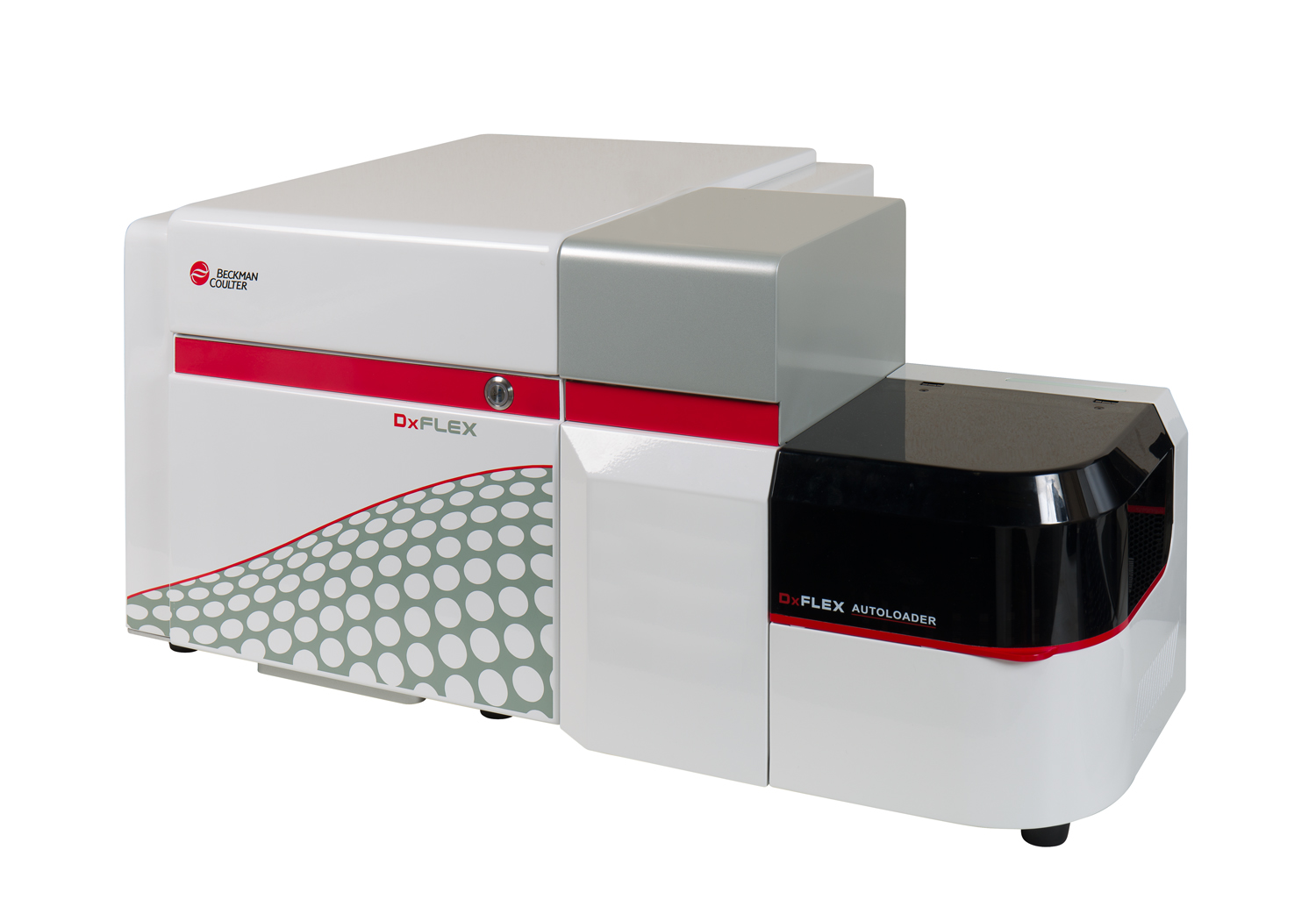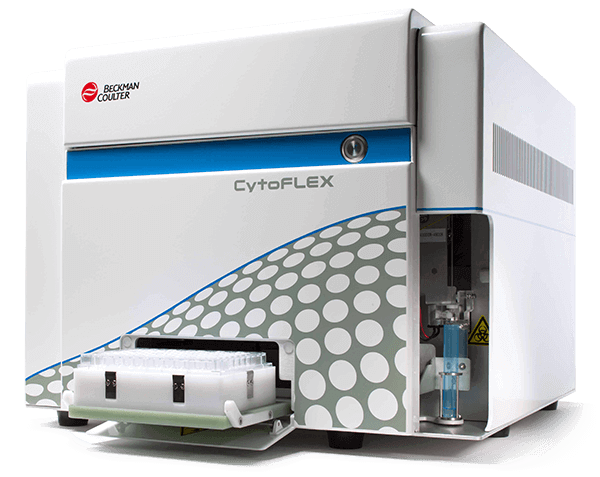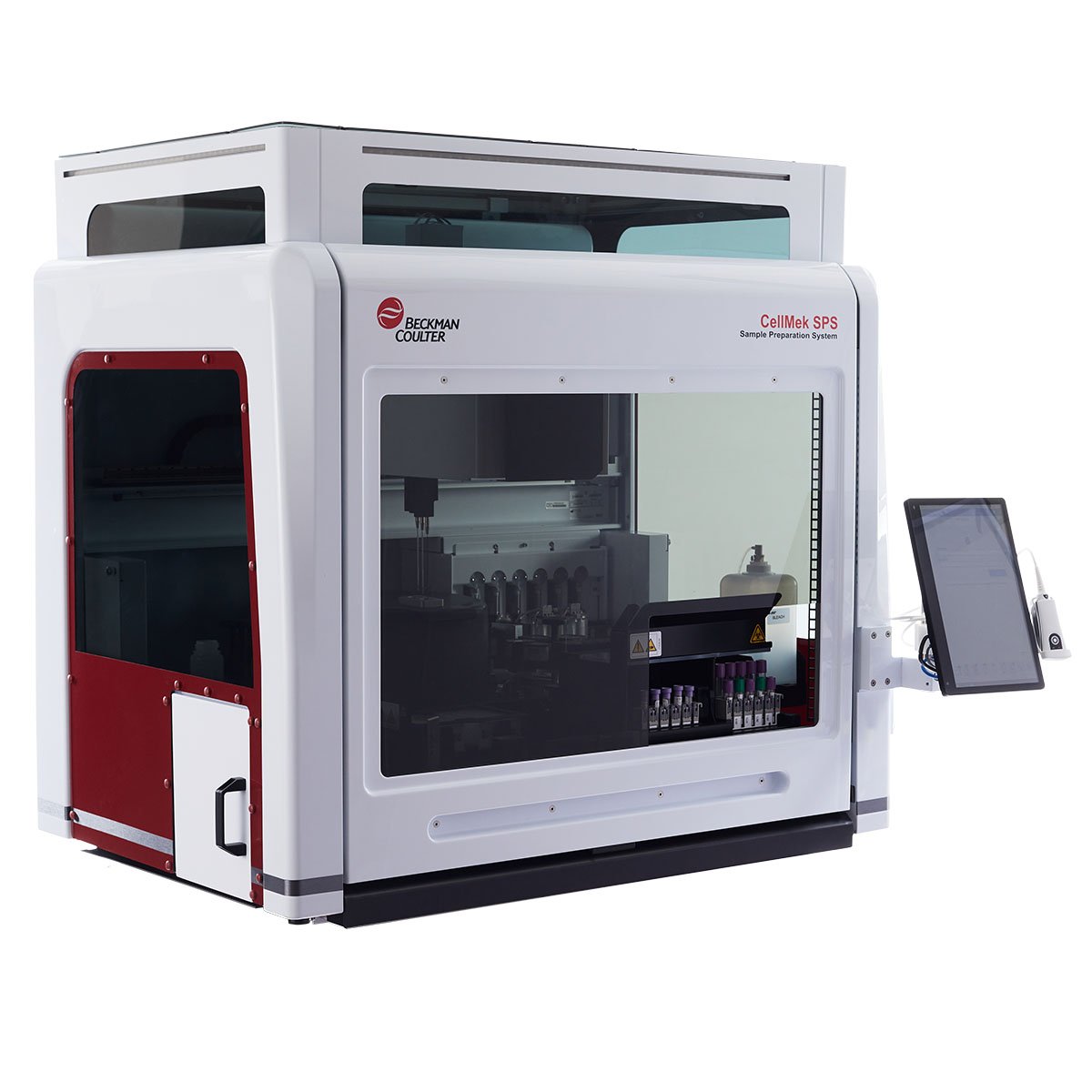CD42b Antibodies
The CD42b antigen (GPIbα) is a membrane glycoprotein of 135 kDa, that forms a disulfide linked 160 kDa membrane protein with the CD42c (GP1bβ) known as GP1b. GP1b forms a noncovalent complex with GPIX (CD42a) and GPV (CD42d). This antigen is found on platelets and megakaryocytes. It has also been reported on vascular and tonsillar endothelial cells. The CD42 complex serves as the von Willebrand Factor (vWF) surface receptor involved in the adhesion of platelets to the subendothelium of damaged vascular walls.
| Clone: SZ2 | Isotype: IgG1 Mouse |
| The SZ2 monoclonal antibody prevents the ristocetin-dependent binding of von Willebrand's factor to platelets and inhibits ristocetin-induced platelet agglutination. Platelet aggregation induced by type I collagen and Platelet Activating Factor (PAF) is also inhibited. The SZ2 antibody immunoprecipitates the components of the GPIb complex. It may also be used in Western blot. | |







